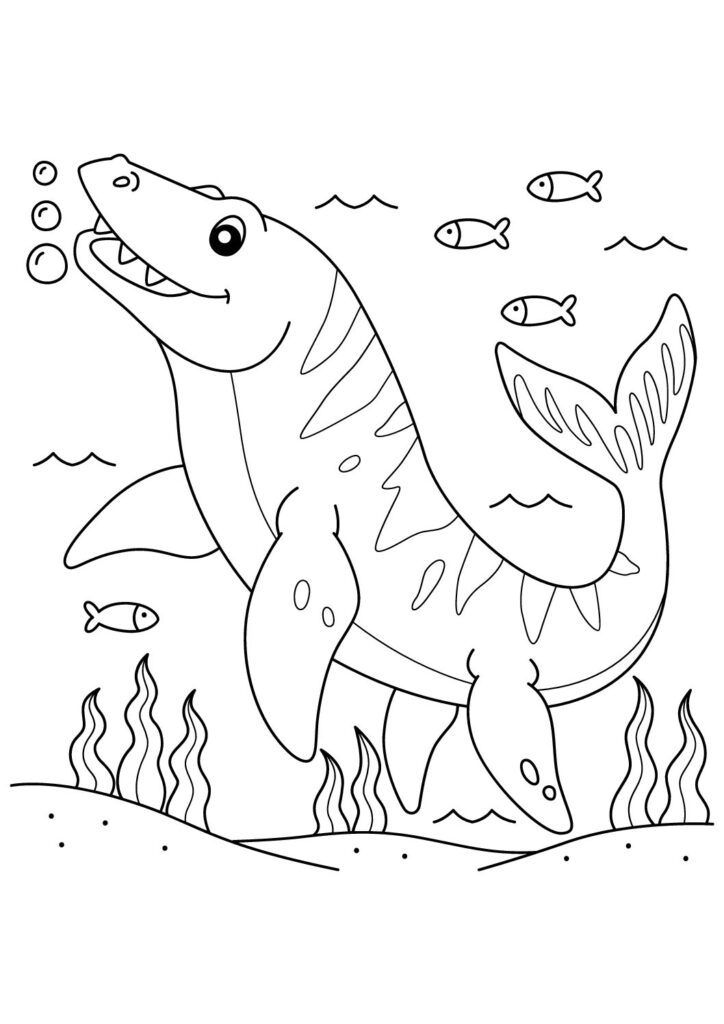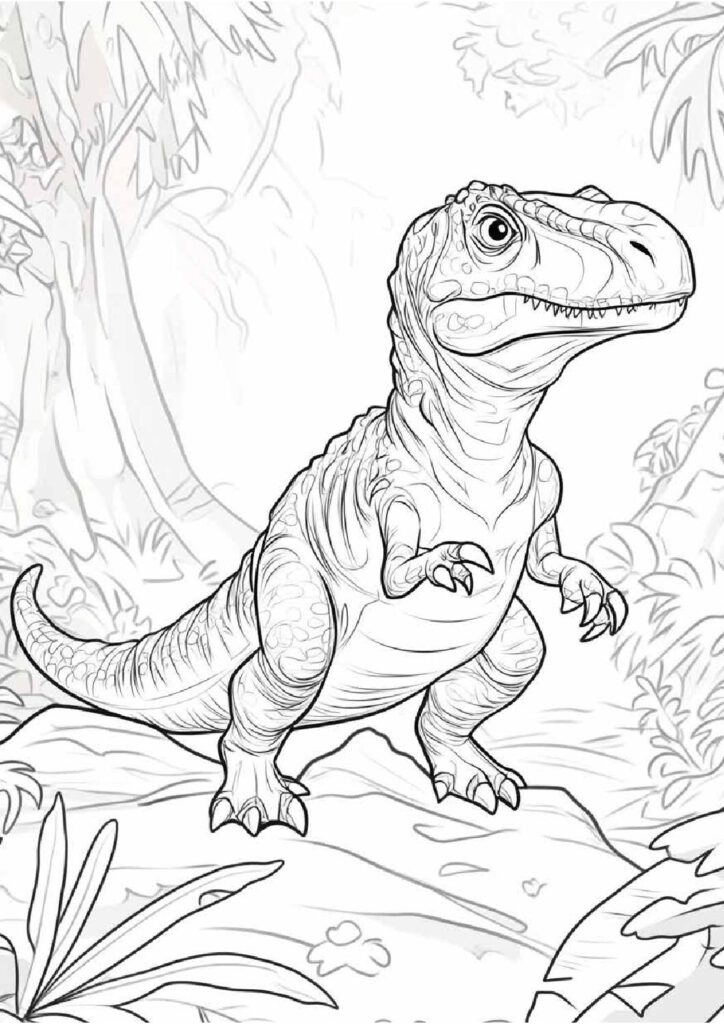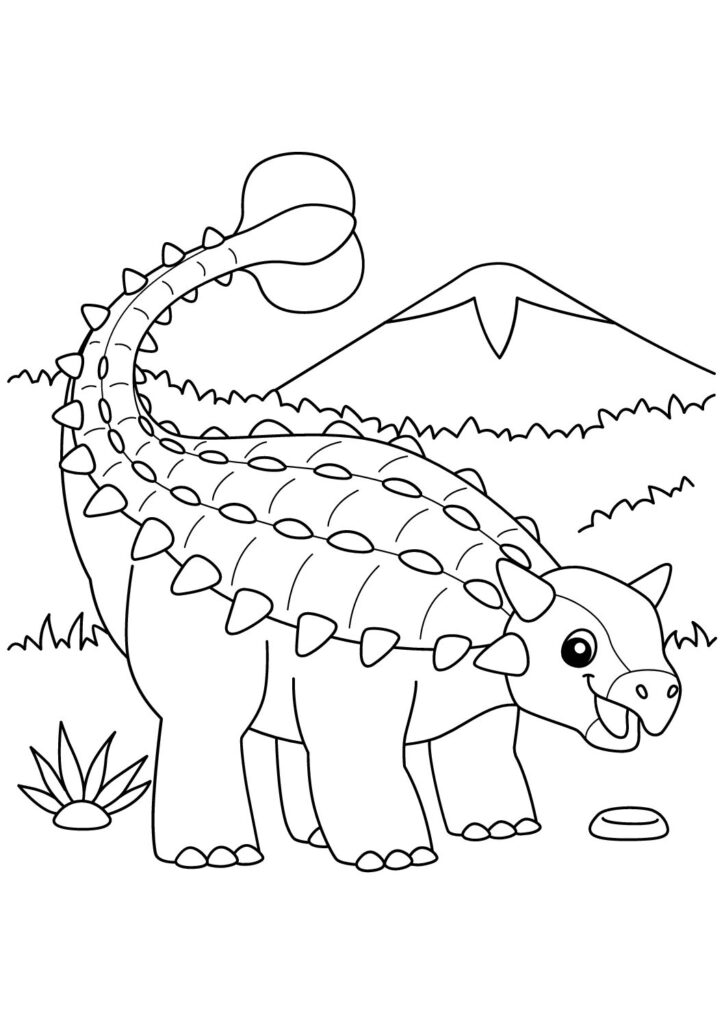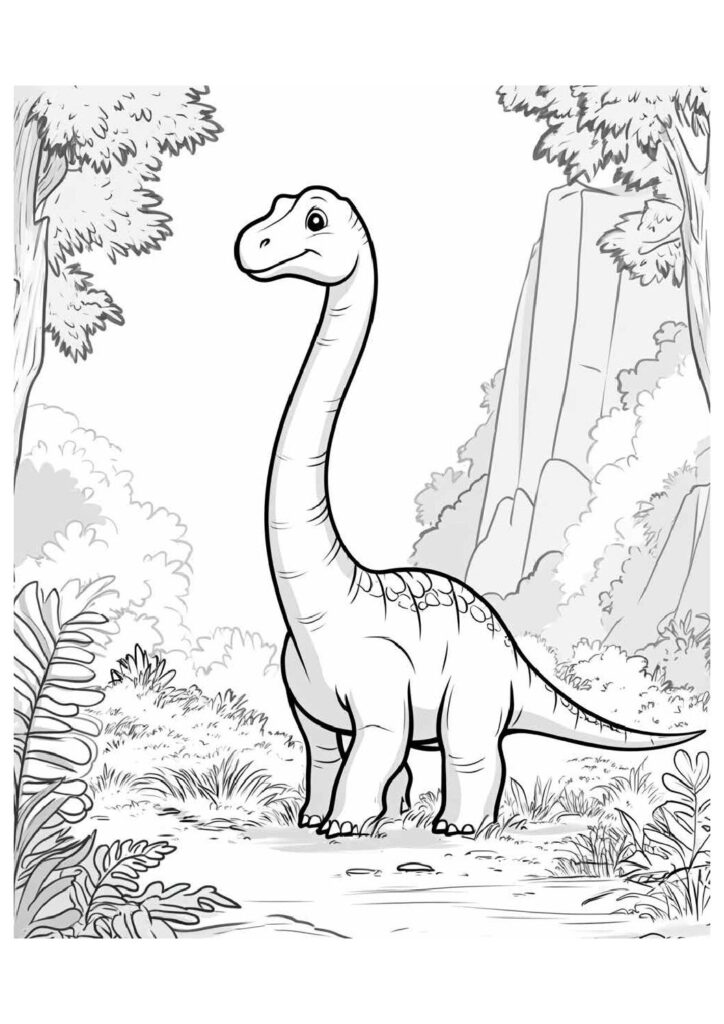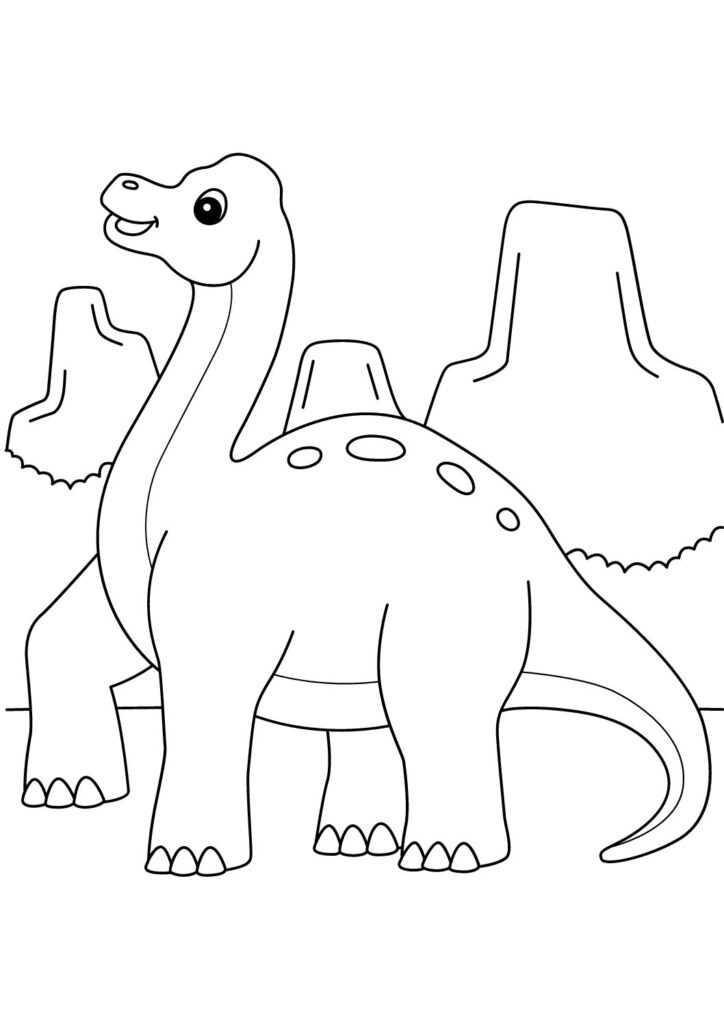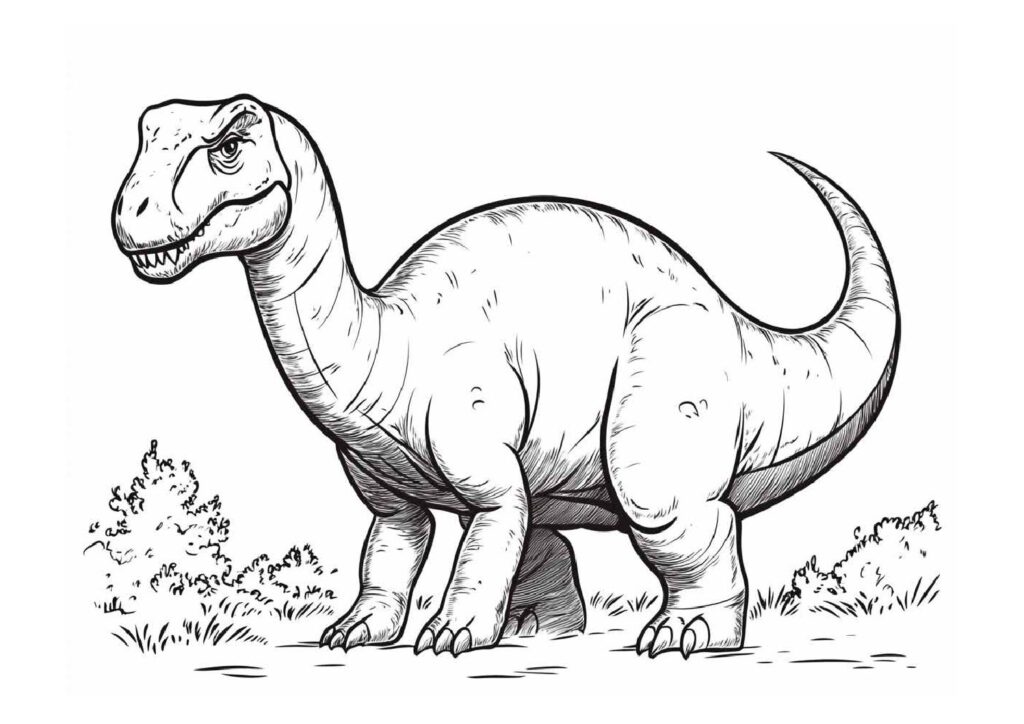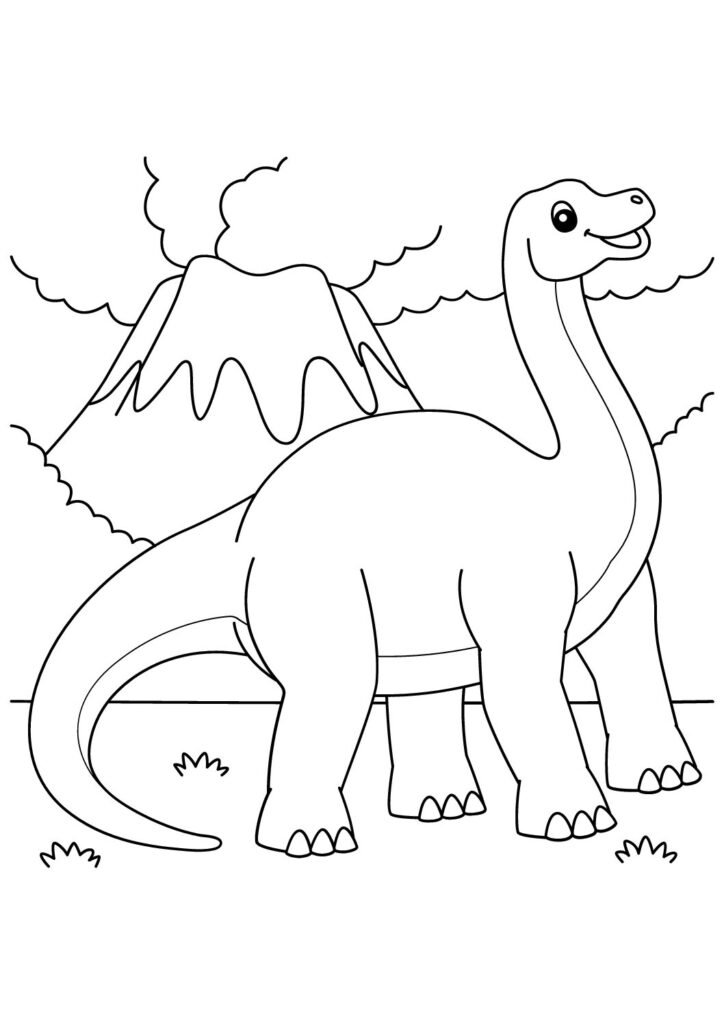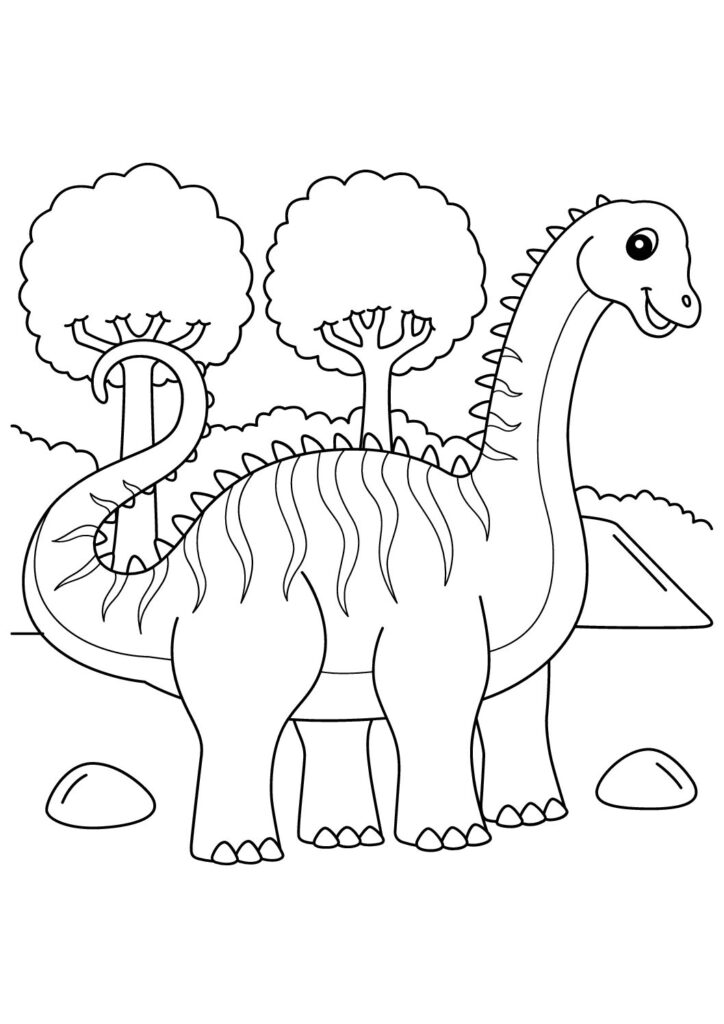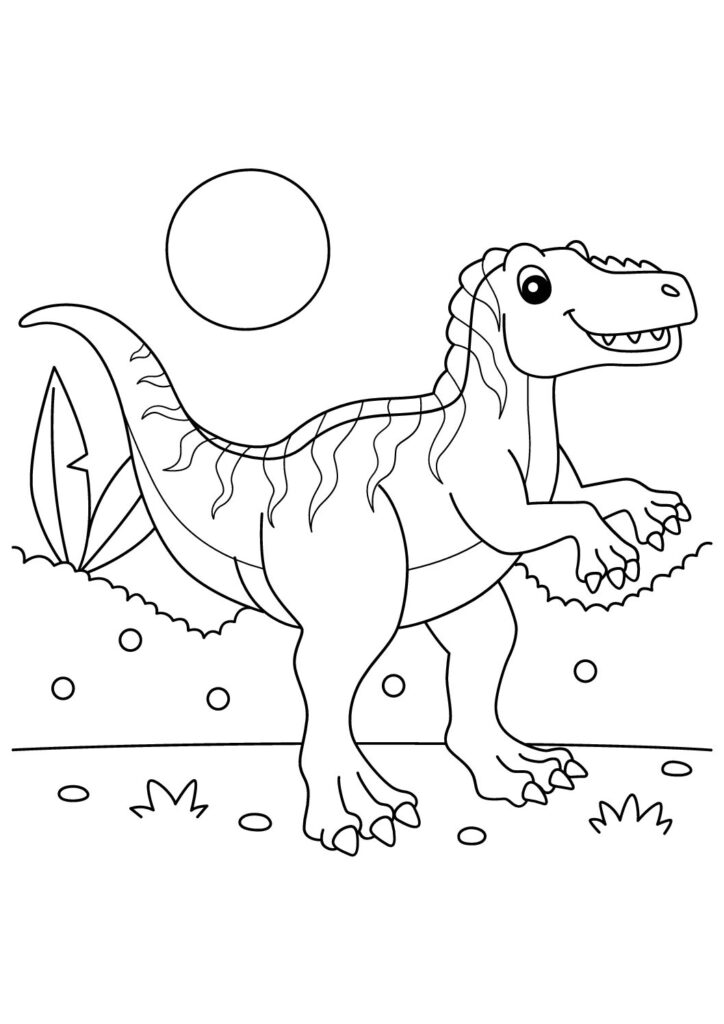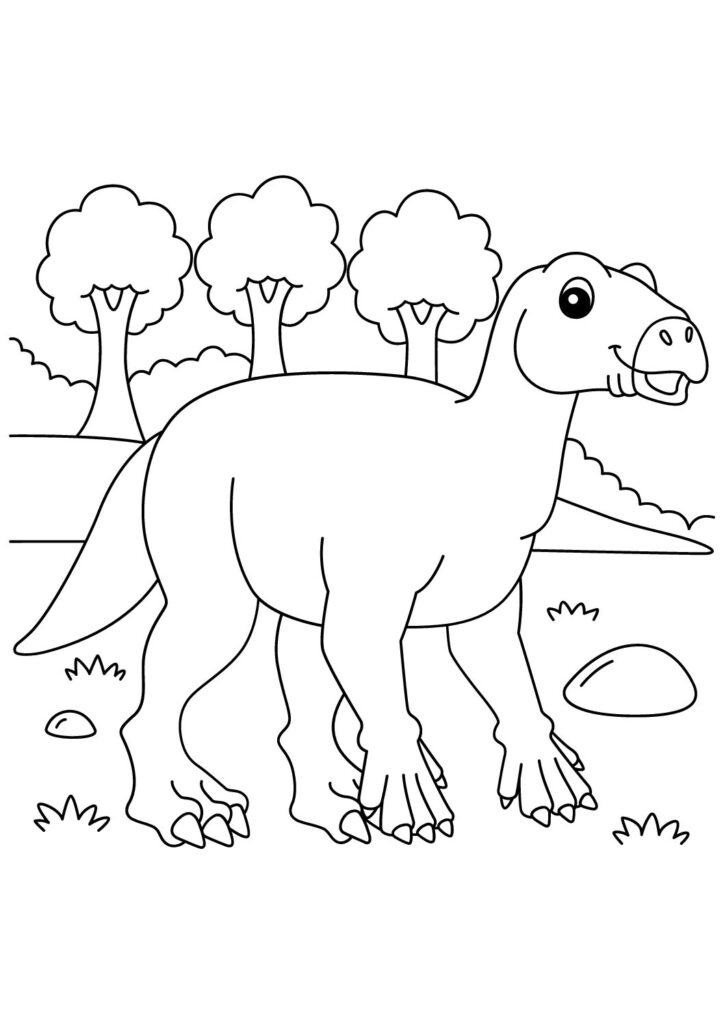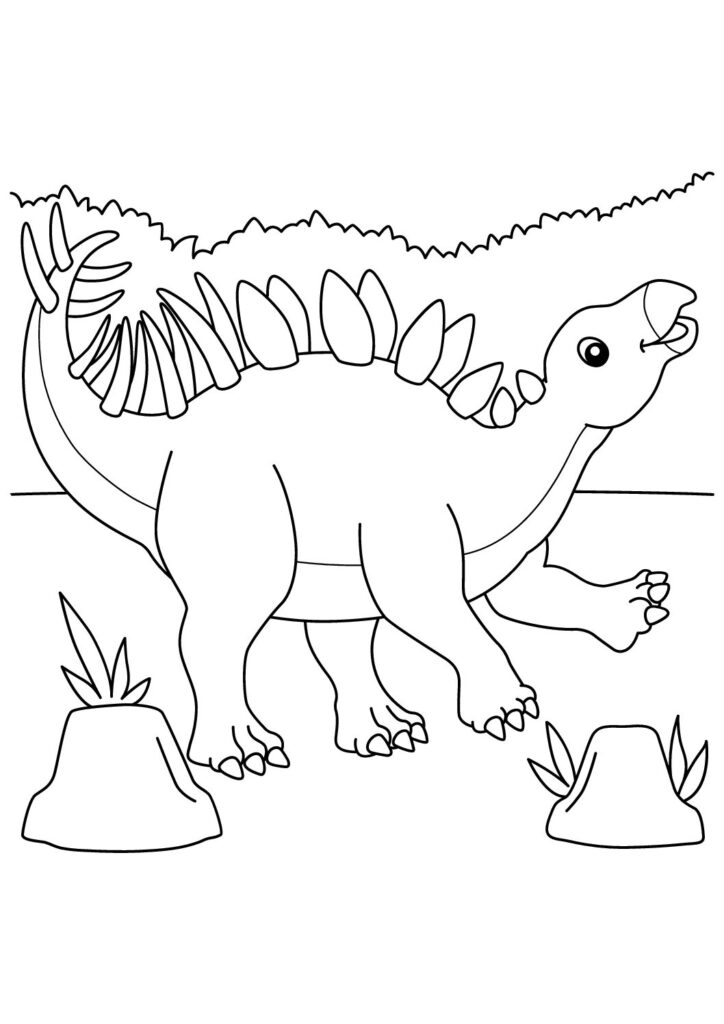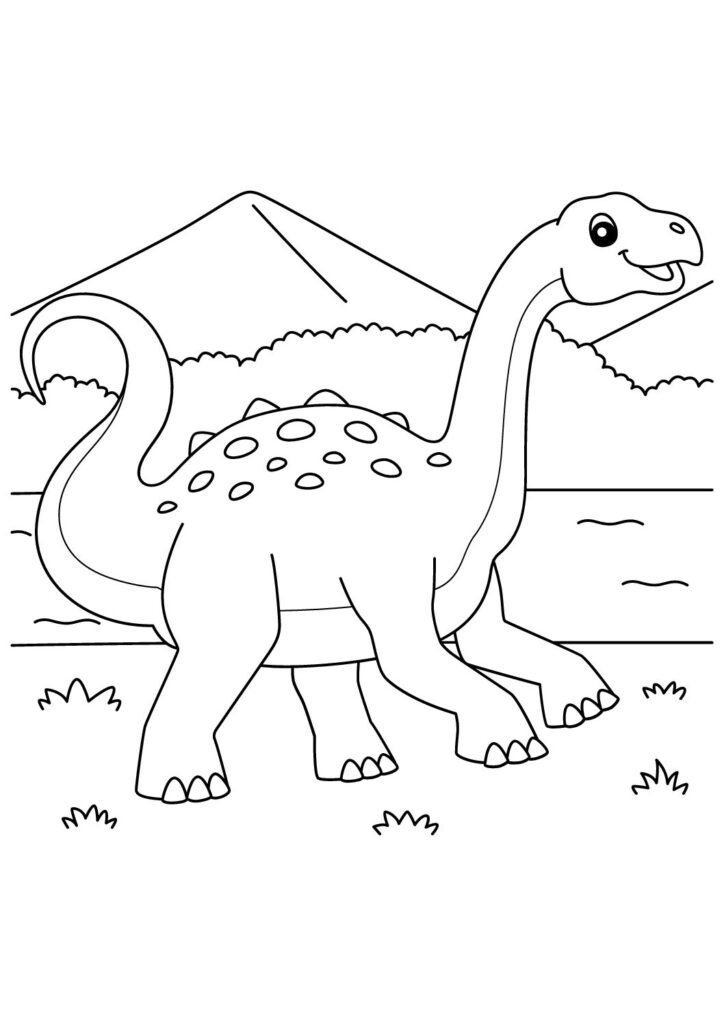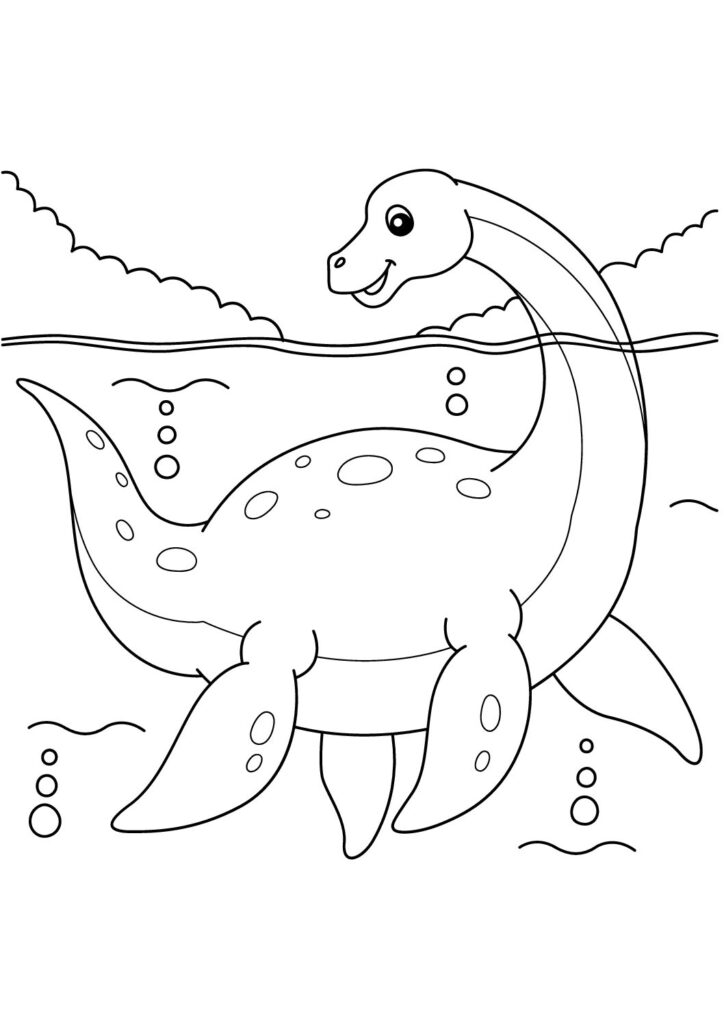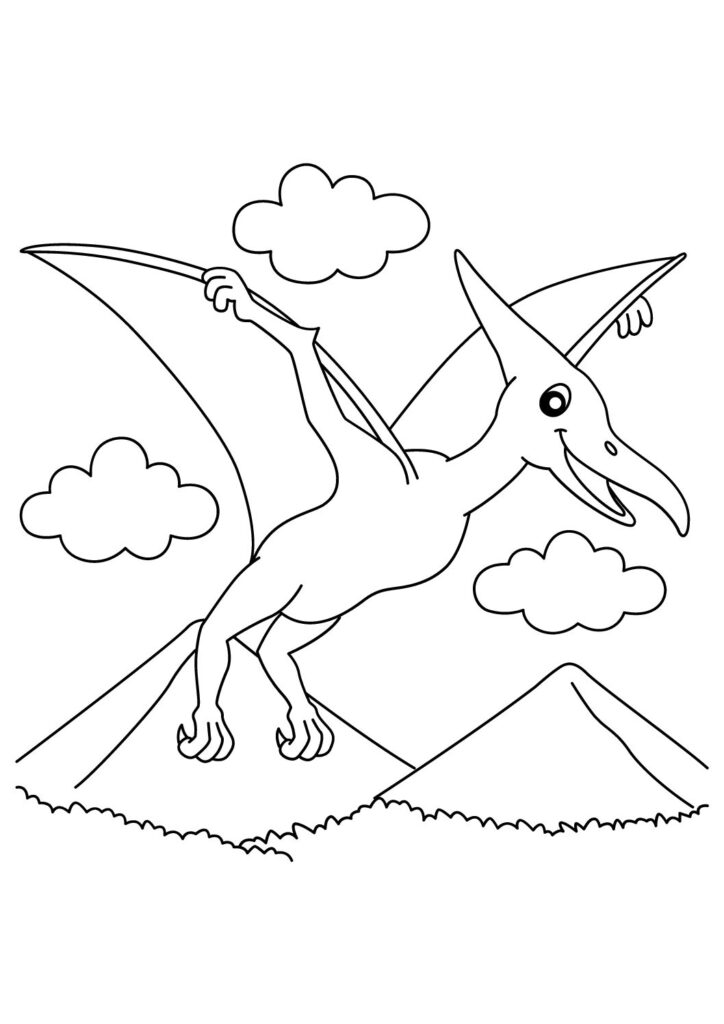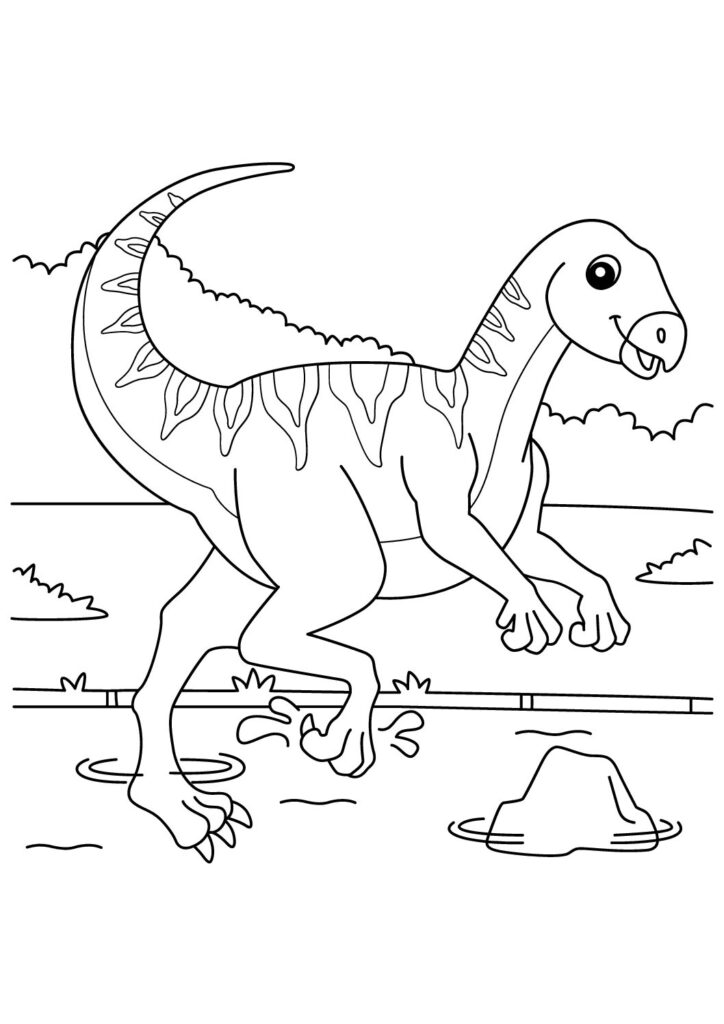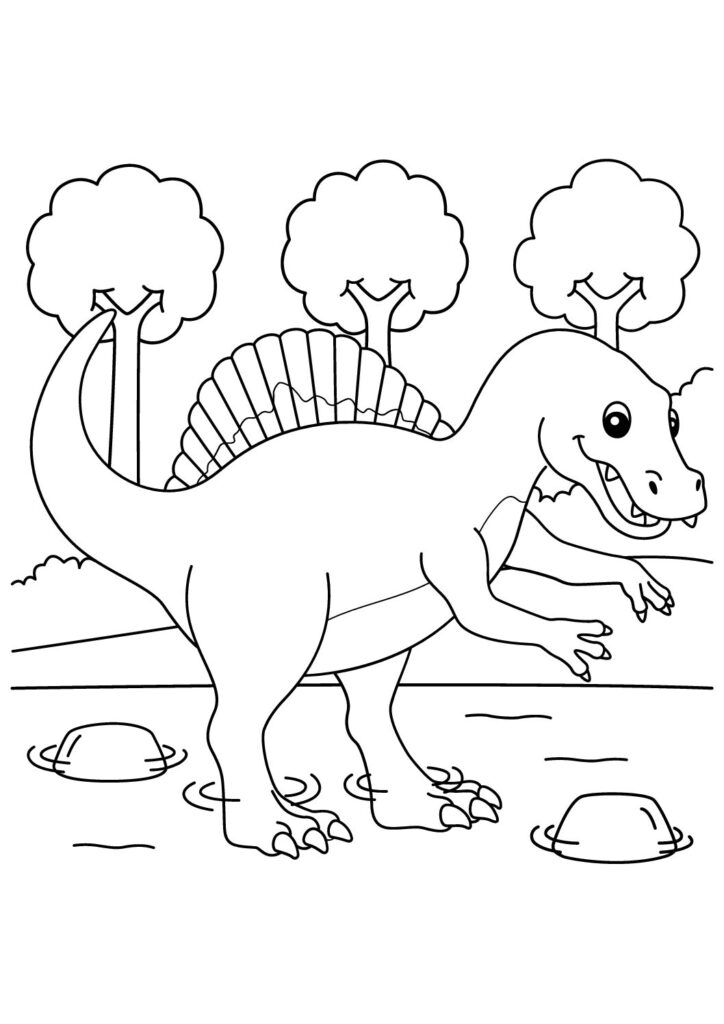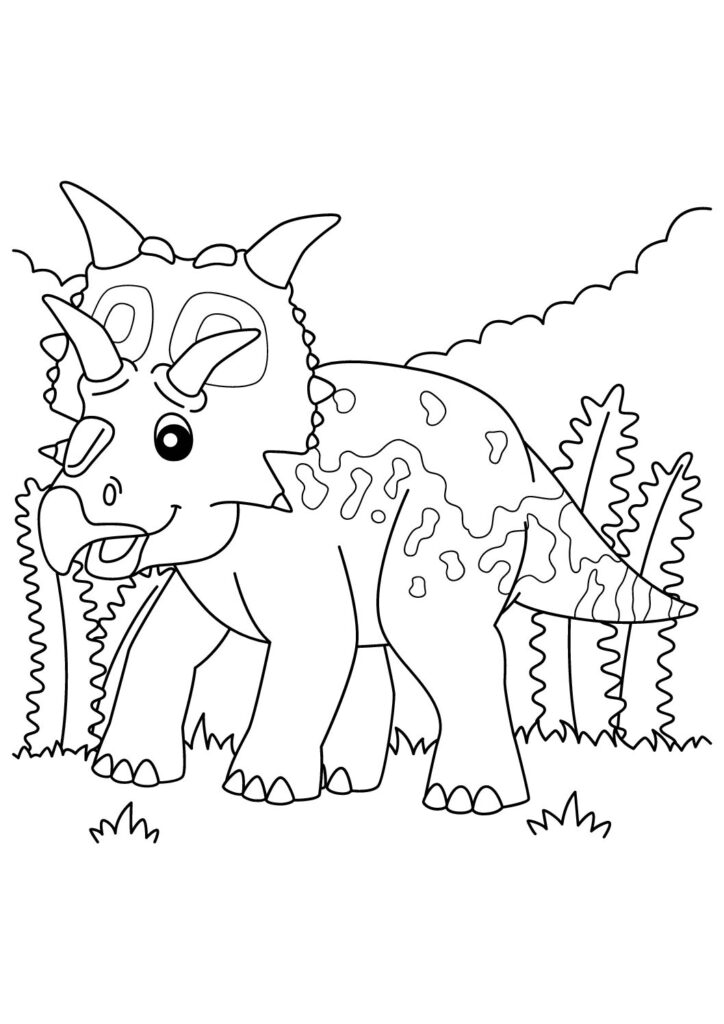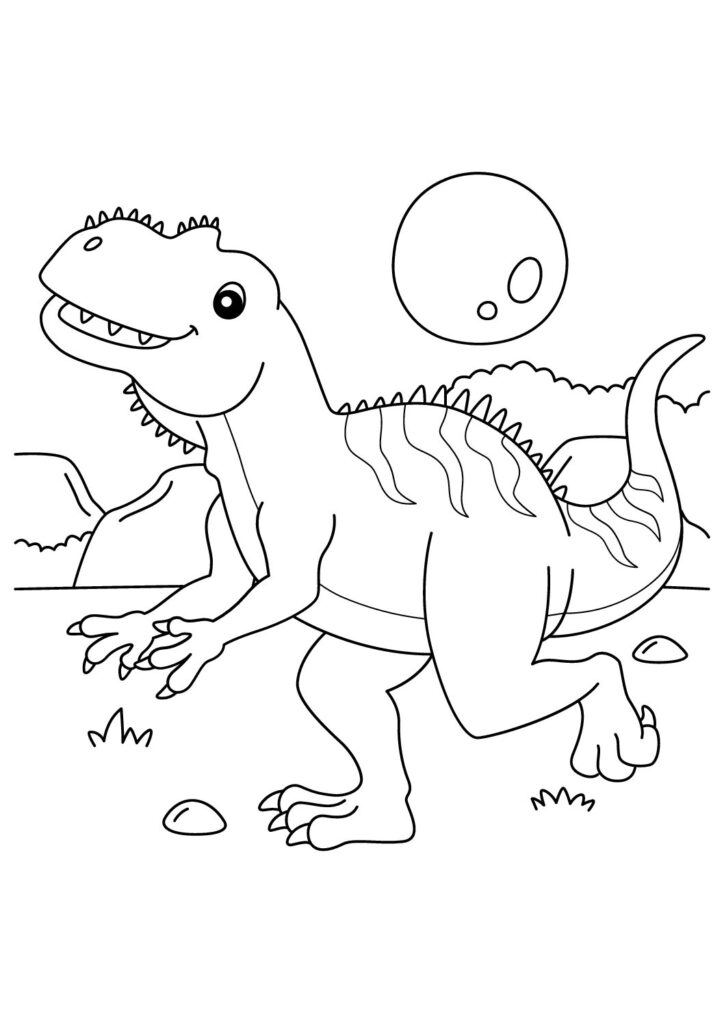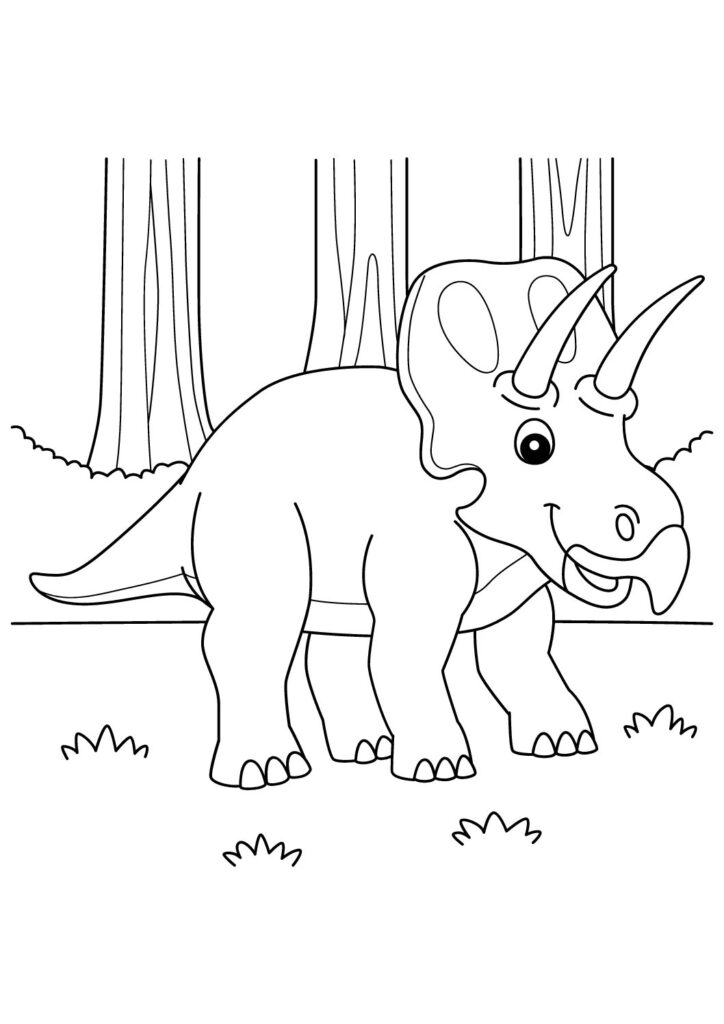1 Free Mosasaurus Coloring Pages for Download (Printable PDF)

Dive into our free printable collection of Mosasaurus coloring pages featuring these mighty marine reptiles in their powerful swimming poses! Download these high-quality sheets showcasing these ocean predators with their streamlined bodies, massive jaws, and paddle-like flippers displaying their incredible underwater adaptations. Perfect for kids and prehistoric enthusiasts, these detailed marine coloring pages capture the fierce nature of these swimming creatures known for ruling the ancient seas during the Late Cretaceous period. Each printable sheet brings these amazing marine hunters to life, highlighting their sharp teeth, powerful tails, and impressive aquatic presence!
Fearsome Mosasaurus Facts: The Ultimate Guide to the Ocean's Prehistoric Apex Predator
Introduction
Mosasaurus represents one of the most formidable marine predators ever to swim Earth’s oceans, dominating marine ecosystems during the Late Cretaceous period approximately 82-66 million years ago. These enormous reptiles—whose name means “Meuse River lizard” after their first discovery location—reached lengths exceeding 50 feet, with massive skulls featuring powerful jaws and conical teeth that established them as the undisputed apex predators of prehistoric seas worldwide.
Physical Adaptations
Mosasaurus evolved remarkable aquatic adaptations despite descending from terrestrial lizards, with streamlined bodies, paddle-like limbs, and powerful shark-like tails ending in downward-curving flukes for efficient propulsion. Their double-hinged jaws could open extraordinarily wide, while specialized teeth included not only the main curved teeth in their jaws but also pterygoid teeth on the roof of their mouths that prevented struggling prey from escaping once captured.
Hunting Prowess
As apex predators, Mosasaurus possessed exceptional hunting capabilities, combining burst speed, powerful jaws, and exceptional senses to capture prey including fish, sharks, seabirds, and even other marine reptiles. Their binocular vision provided excellent depth perception for hunting, while fossil evidence suggests they employed various hunting strategies including ambush predation and active pursuit, making them versatile hunters capable of exploiting multiple marine food sources.
Evolutionary Significance
Mosasaurs represent a remarkable evolutionary story, having evolved from terrestrial lizards related to modern monitor lizards and Komodo dragons that returned to the seas. This transition occurred over just 27 million years—relatively rapid in evolutionary terms—demonstrating nature’s ability to produce highly specialized predators when ecological opportunities arise, with Mosasaurus representing the culmination of this evolutionary journey as the largest and most specialized member of its family.
Scientific History
French naturalist Georges Cuvier studied the first Mosasaurus skull discovered in 1764 in Dutch limestone quarries, using it to support his revolutionary theories about extinction decades before Darwin’s work on evolution. This historic specimen, captured by French revolutionary forces and eventually studied by Cuvier in Paris, played a crucial role in establishing paleontology as a scientific discipline and demonstrating that species could indeed disappear forever—a controversial concept at the time.
Global Distribution
Mosasaurus fossils have been discovered on every continent including Antarctica, demonstrating their worldwide distribution and remarkable success as marine predators. Different species evolved specialized adaptations for various marine environments and ecological niches, from shallow coastal waters to the open ocean, making the mosasaur family one of the most successful marine reptile groups before their extinction alongside non-avian dinosaurs at the end of the Cretaceous period.
Popular Culture
Mosasaurus gained widespread public recognition following its dramatic appearance in the film “Jurassic World” (2015), where it was portrayed leaping from water to capture prey in a manner more typical of breaching whales. While this Hollywood depiction exaggerated certain capabilities, it sparked renewed interest in these remarkable marine reptiles and their significant role in prehistoric oceans, bringing attention to creatures that had previously received less public recognition than dinosaurs despite their equal evolutionary significance.
